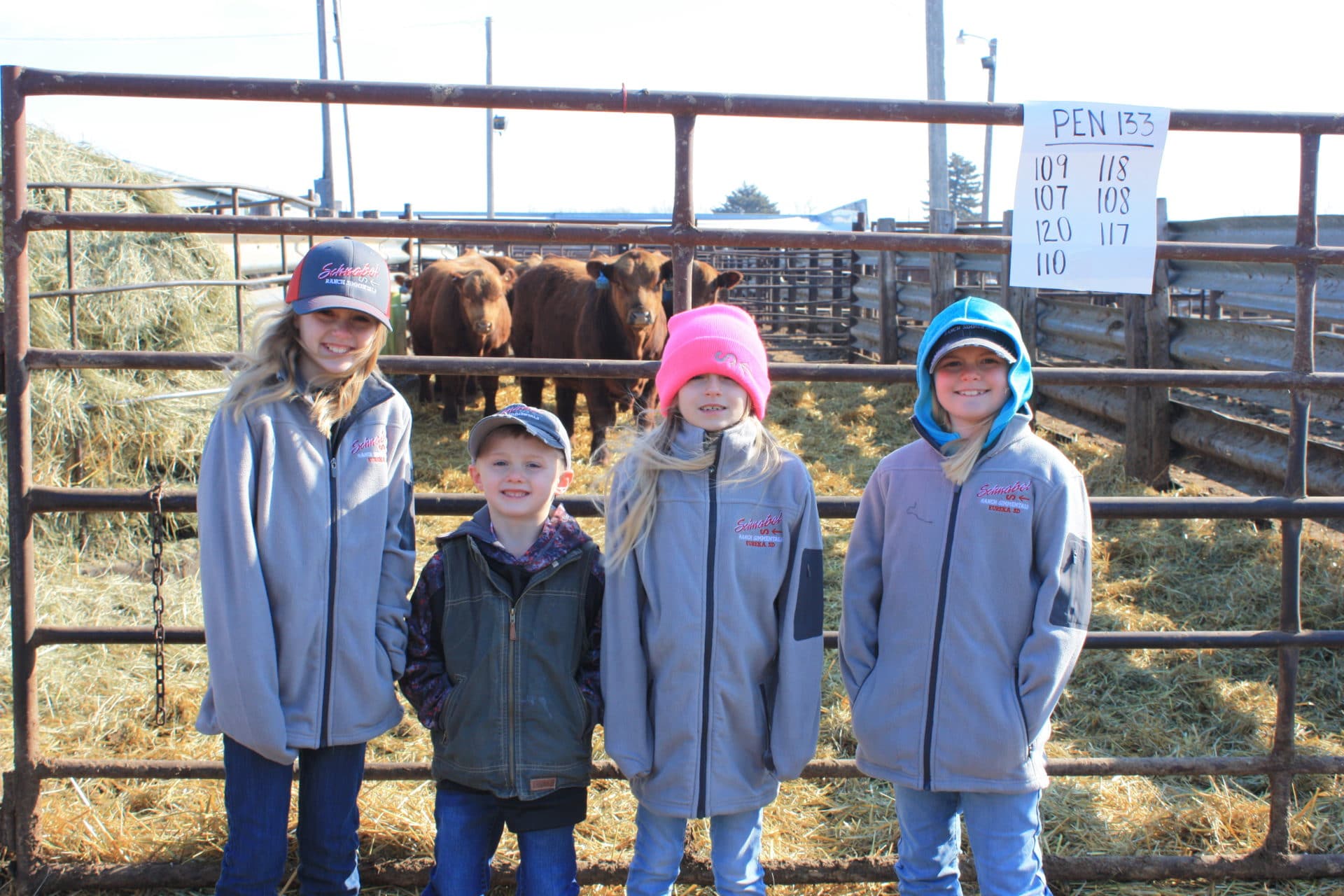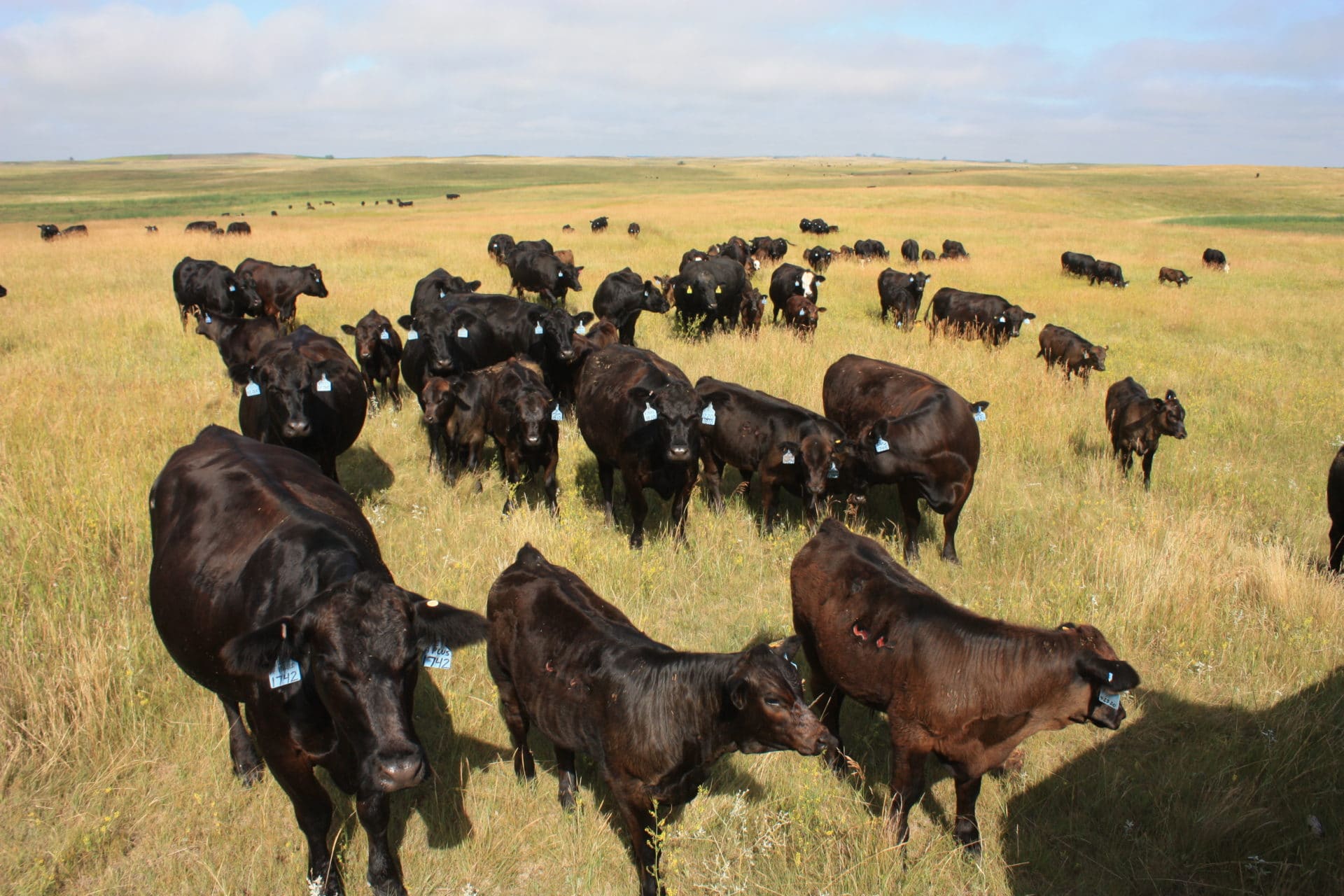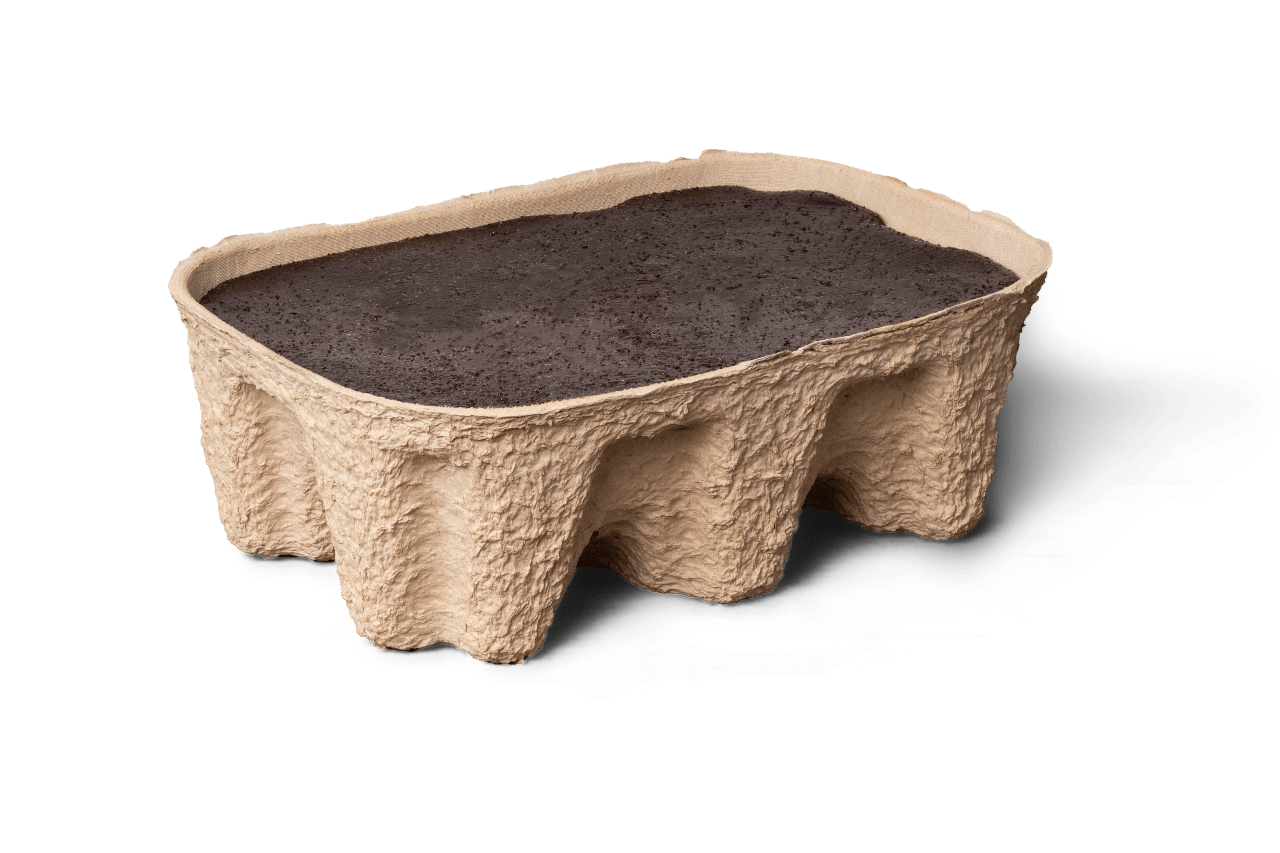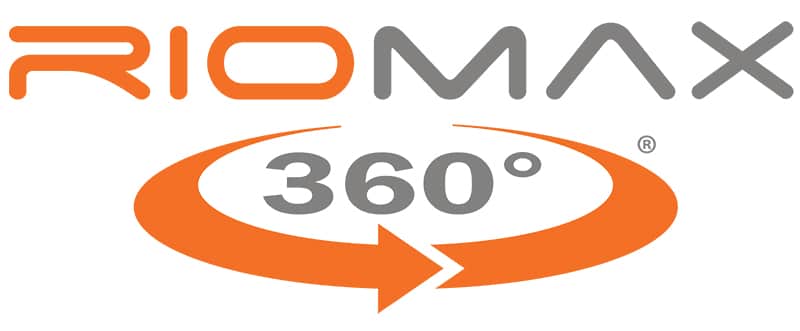Last updated on April 20th, 2022 at 01:32 pm
More Calves, Bigger Calves Pay the Bills for Schnabel Ranch
Proper cattle mineral supplementation, feed utilization is key.
MEET TOM SCHNABEL
Schnabel Ranch
Eureka, South Dakota

There are a couple of fundamental truths that Tom Schnabel reminds his bull customers about:
- You can’t sell a calf that isn’t born or that you don’t wean.
- An unhealthy calf that doesn’t grow and weans light brings fewer dollars than a healthy, vigorous, heavier calf.
That’s important, especially now. The cattle market in 2020 and 2021 was fraught with uncertainty. As we settle into 2022, uncertainty continues to be a major market factor.
In such a scenario, cattle producers are wont to cut corners, says Schnabel, a Simmental and Sim-Angus seedstock producer near Eureka, S.D. As you look at which corners are most vulnerable, Schnabel suggests that you leave nutrition and genetics off the list.
Here’s why. Genetics play into just about everything that concerns a cow herd. But genetics are just part of the formula. In Schnabel’s mind, nutrition is every bit as important. And it starts with the cow.
Schnabel Ranch is a third-generation and fifth-generation outfit. Tom’s great-great-grandfather, a German-Russian, homesteaded in north-central South Dakota. Tom’s grandfather then bought the current ranch that lies several miles from the original homestead.
Tom and his wife, Meghan, now run the outfit themselves, with a little help now and again from Mom and Dad. “But I don’t expect them to do too much,” he says. The fourth-generation—Peyton, age 11; Mallory, 9; Danyelle, 8; and Korbyn, 6—are the sixth generation learning the ranching tradition.


Schnabel Ranch runs 400 registered Simmental and Sim-Angus cows. The ranch used to run both a commercial and seed stock herd, but Schnabel sold the commercial cows in 2019 and has focused entirely on the seed stock business since then.
“We AI every cow and heifer we retain either to a purebred Simmental or Sim-Angus bull,” he says. Depending on what they want to achieve genetically, they’ll selectively breed each cow or heifer to a different sire and typically use 15 to 20 different AI sires each year. Cows and heifers are then turned out with purebred clean-up bulls.
The Schnabels start Aiing heifers the end of May. “Then we split our cows into two groups. We do one group the first part of June and one at the end of June.”
Calving, Breeding, & Grazing on Schnabel Ranch
That means they start calving heifers around March 5th and the first group of cows start around March 17th. The second group begins calving around April 5th. “That way, we can stagger them out for what we can handle as far as barn capabilities if we get inclement weather and just so we don’t overload ourselves as far as the workload,” he says. “We don’t have any hired men. It’s just my wife and I.”
After everything is bred, they go to summer pasture. “We’ve got smaller paddock pastures that we try to put 40 to 50 cow-calf pairs in with one bull so we don’t have to DNA every calf to verify parentage. We know exactly which each one is.”
The paddocks are a modified cell system. Pairs stay on grass, rotating through the paddocks, until weaning, which runs from October 1 to 10th. “Then we generally bring the cows home the end of October and turn them out on corn stalks and fall pastures to graze.”

The cows and heifers will walk corn stalks and fall pastures until around Christmastime. “Then we’ll start feeding them a TMR ration to make sure they get in a little bit better condition and make sure they have everything they need before they start calving,” he says.
Schnabel's Cattle Nutrition Program
And that’s where the nutrition part of the formula kicks in. Schnabel is sold on using supplemental minerals and other nutritional supplements year ‘round.
“We used to need about 5½ to 6 acres per pair on our summer pastures. Since we’ve been using Rio, we’ve been able to stock our pastures heavier. We can get by now using around 4½ acres per pair and still get the same grazing capabilities off that grass from what we were before.”
That’s because the cows are getting what they need mineral-wise and having the Nutrizorb® breaking down all the forage they eat, they’re not continually eating, Schnabel says.
Pasture rent costs him $50 per acre. Figuring conservatively, taking 400 head and eliminating 1 acre per pair times $50, he’s saving $20 grand. Just the savings on pasture rent alone covers over half of his mineral and other supplement expense for the year.

HATE EMPTIES?
US TOO.
THAT'S WHY WE LOVE BIOBRIX.
✓SAVE TIME ✓REDUCE GARBAGE ✓ELIMINATE EMPTIES
That’s on green grass. Good mineral supplementation is especially important on fall and winter pasture, when forage quality is low.
“(The cows) break down those corn stalks and get the nutrition out of that that they need. When we bring them in in the fall to give them their shots, we’ve always got body condition scores of 6 or better. They’re always in good condition, even with the poor quality forage they’re eating,” Schnabel says.
“And they don’t eat near the feed during the winter when we put them on the TMR ration. We save probably 10 to 12 pounds of TMR ration a day that they don’t eat that they previously did consume.”
Beyond that, the calves are extremely healthy. “My grandfather always told me the more yellow on that calf, the healthier it is. It means the cow has all the vitamins and mineral in there,” he says.

The Importance of Year-Round Nutrition
He’s got a few calves on the ground now; one had a white face and Schnabel says he was such a dark yellow that it looked orange as the cow was licking him off. “So they’ve got everything they need in their body.”
That’s why he says nutrition is one area where it doesn’t pay to cut corners. “You think you’re saving some money by shorting her on some mineral or going with a cheaper mineral or not feeding her as good a quality feed. You’re actually going to lose twice.”
How’s that? “She may not breed back because she’s not in good body condition, she may breed up late or she’s going to wean a lighter calf. And pounds pay. The healthier that milk is and the cow is, the heavier that calf is going to be.”
Schnabel started mineral supplementation in 2014 and the first thing he saw was the number of opens he didn’t have. “We put (the cows) on when we were starting to calve. That fall, we cut our opens in half and we’ve been decreasing the number of opens since then.”
Genetics certainly plays into that. “Nutrition, though, I feel is one of the big things. If that cow has got everything in her body that she needs, she will cycle back right away and rebreed quicker. They’re healthier.”
And they’ll able to maintain that pregnancy throughout gestation. “This year, on 330 mature cows, we had three open. One of those was a three-year-old heifer and the other two were nine-year-olds. It’s definitely got its place in increasing breed up.”
He says mineral supplementation has a cost but it’s also an investment that pays itself back. “Yes, open cows are nice for cash flow purposes, but it’s also nice to have all those extra calves to sell in the fall instead.”



